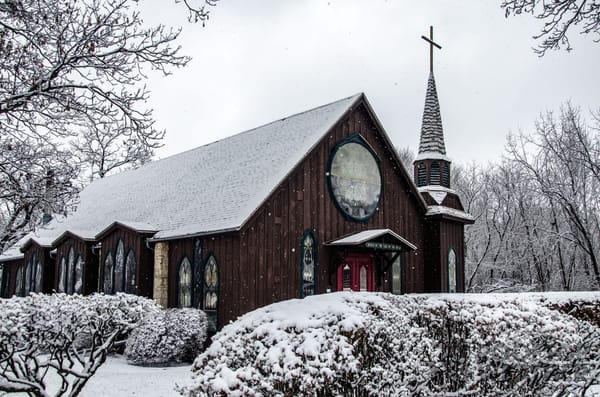Alas, how sweet: Stateline captivated by beautiful dame's rocket flowers
These invasive lavender flowers are seen along paths in Roscoe, Rockton, and South Beloit.

Perhaps the prettiest wildflower of the year, dame's rocket has returned to the Stateline area. But it has been spreading across America for almost four centuries. Like its notorious cousin, garlic mustard, this biennial is a powerful competitor with native plants for water and nutrients. Like garlic mustard, dame's rocket seems able to suppress the growth of other plants except for... garlic mustard.

And like garlic mustard, dame's rocket is edible. Its young leaves make a flavorful salad green, though more pungent than arugula, another relative which is also called "rocket." And it's high in Vitamin C. It becomes more fragrant after sunset - it's sometimes called mother-of-the-evening. (It's rumored to be an aphrodisiac).
Originally from Eurasia, dame's rocket is often called wild phlox. But you can tell it's not our native phlox because it has four petals, not five. Real phlox blooms in late summer, not now.
If you can bear to pull up these lavender (or white) flowers, pull them by the root, or they will grow back. If you can't bear to do that, cut down the shoots and bag or burn them before they go to seed. Dame's rocket produces a lot of seeds, and the skinny pods can shatter (scatter) their seeds when dry, even after the plant is pulled up.
The Illinois Nature Preserves Commission reports up to 48 plants per square meter, up to 5,000 seeds per plant, and a 98% germination rate. Wow. It can host the white cabbage butterflies that eat garden plants as well as viruses that infect garden plants. Feed it to your goats, if you have goats.
In Illinois, dame's rocket isn't legally classified as an invasive pest, but it's restricted in four other states, including Wisconsin, and in one Canadian province. The Ohio Department of Agriculture includes it with 37 species that "cannot be sold, propagated, distributed, imported or disseminated within the state." But it's still sold in "meadow in a can" wildflower mixes, and at least one website can't seem to make up its mind about it: it tells you how to grow dame's rocket, how to eliminate it, and where to buy more. If you want to grow it, you could grow it in a container. Of course, in Europe and Asia, it's not considered invasive - it's a native there.
This article was first published on May 29, 2021.





